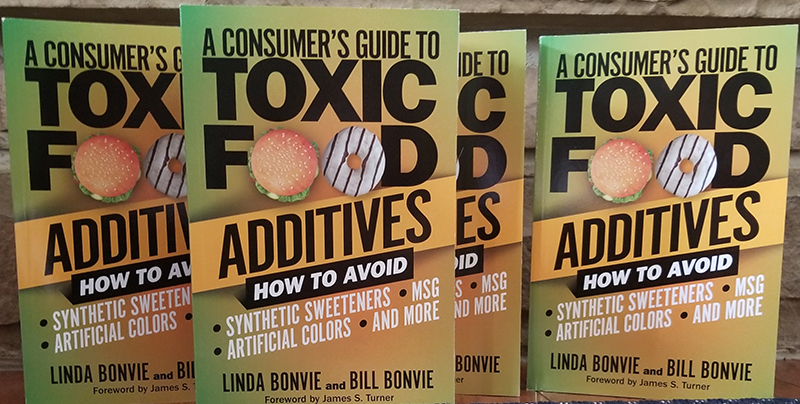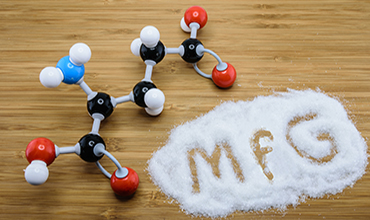At a time when gathering provisions to feed your family has become an unprecedented challenge, the matter of what is in that food seems to have taken a back seat. And don’t think Big Food isn’t well aware of that.
That’s why a book like A Consumer’s Guide to Toxic Food Additives (Skyhorse Publishing, March, 2020) by longtime health and environmental journalists Linda and Bill Bonvie couldn’t be timelier.
This well-researched and fully updated book makes clear the kinds of processed foods we’ve gotten into the habit of consuming – and which are now being labeled as indispensable “comfort foods” – are just the kinds that can be lowering our ability to resist illness, be it COVID-19, the flu or any number of other opportunist infections. And that’s in addition to many of the devastating diseases we’ve grown to accept as “normal” such as diabetes and dementia, along with a variety of auto-immune illnesses.
First, however, let’s take a brief look at how industry is using this deadly pandemic to make sure we keep buying its products. There is no crisis, big or small, that Big Food isn’t ready, willing and able to take advantage of.
Gotcha!
What could tug at your heartstrings more than a little girl quarantined with her loving dad who misses her mom and grandma? That’s the “spin” the Uncle Ben’s brand (owned by Mars) is now using in its commercials. Yes, the spot is endearing, and it will keep plenty of consumers focused on “grandma’s recipe” and the difficulties of isolation instead of the many chemical additives in Uncle Ben’s Ready Rice mixes – including some you’ll find covered in A Consumer’s Guide.
Kraft/Heinz, another mega-multinational that makes billions churning out ultra-processed foods such as Lunchables, Ore-Ida, Kool-Aid and Velveeta, has adopted a rallying cry incorporated in its new commercials for this pandemic of “We Got You America.” Yes, they certainly do.
Post Cereal, makers of Fruity Pebbles (which comes with five artificial colors and the preservative BHA – more additives covered in the book), has started providing kids with daily videos to help “ignite” their “creativity, imagination, happiness and sense of exploration in every bowl of Pebbles.”
And Impossible Foods, makers of the impossibly additive filled, ultra-processed fake meat products such as the “Impossible Burger,” has been able to use this crisis to maneuver its goods into a trifecta of 777 additional grocery stores around the U.S.
All of these brands, and many, many more, are running creative spots produced by some of the best and brightest advertising minds in the land, all hoping to craftily convince you that ingredients don’t matter. Unfortunately, most of these processed foods contain additives that make them basically unfit for human consumption.
While A Consumer’s Guide only covers 13 of the many toxic food additives in use, they are, in fact, a baker’s dozen of what you’re most likely to find in today’s processed products. It tells you not just why you need to avoid them, but how to as well.
Along with aspartame, artificial colors, fluoride (yes, it’s an additive), and genetically modified ingredients (also additives), the book covers some lesser known issues such as what commercial fats will be taking the place of partially hydrogenated oils, what preservative is linked to impaired immune function and how the media is easily manipulated to sell products under the guise of “news.”
It’s certainly a cliché, but still true: Knowledge is power. And when you’re up against Big Food and all of its resources you need all the power you can get.
A Consumer’s Guide to Toxic Food Additives can be purchased here:
https://www.barnesandnoble.com/w/consumers-guide-to-toxic-food-additives-linda-bonvie/1132733213



